Phase Separation Chemicals
Maximize oil-water-solids-gas separation and enhance contaminant removal from hydrocarbon streams
There are many instances where liquids, solids, and gases mix within a refinery. In some of these processes, the tank or process vessel benefits from chemical assistance to separate the liquid, solid or gas phases. The most common applications where chemicals can assist with phase separation are raw crude tanks, desalters, FCC rundown tanks, recovered oil/slop tanks, and coke drums.
Product Highlight
Features & Benefits
Case Studies
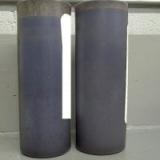
Embreak chemistry saves refinery over $350,000 USD per year
A North American refinery was experiencing frequent brine quality issues in one of its crude units, with 10-20% oil in the brine leaving the desalter.
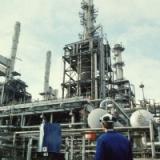
Refinery improves recovered oil quality & reduces costs with Veolia slop oil program
An APAC refinery processing 120,000 bbl/day of a complex crude diet was encountering frequent desalter upsets and oily desalter brine.

Veolia’s Embreak crude oil stabilizer technology enables aggressive blending of Canadian crude
A US refinery adopted an aggressive blending strategy of Western Canadian Select (WCS) and other heavy Canadian crudes to improve their profit margin and supply flexibility.
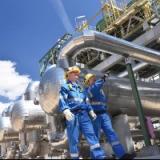
Veolia’s Embreak & Predator technologies enable increased FCC residuum processing & annual profits of over $10 million
A Gulf Coast refinery adopted an aggressive strategy of blending tight oils, including Eagle Ford (EF), to significantly increase its profit margin and supply flexibility.
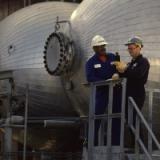
Veolia technology helps refiner reduce desalter chemical treatment costs over $100,000 USD/yr. while processing opportunity crudes
A U. S. refiner, processing opportunity crudes (OCS, Barranca, Pedernales, Caripito-20), began experiencing very poor desalter performance, as the new crude slate was brought into the refinery.
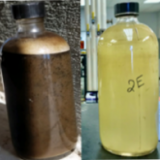
BrineCLEAN* patented brine quality assurance program produces oil-free brine from challenging desalter within hours
A Mid-Continent refinery, processing significant volumes of heavy Canadian bitumen-based crude, was seeing detrimental performance impacts to its desalter and waste water treatment operations.
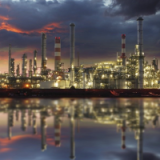
Desalter optimization delivers $900,000 in oil recovery for North American refinery
Upon becoming the refinery’s chemical solutions provider, Veolia focused on reducing the oil content in the desalter effluent water (brine).
